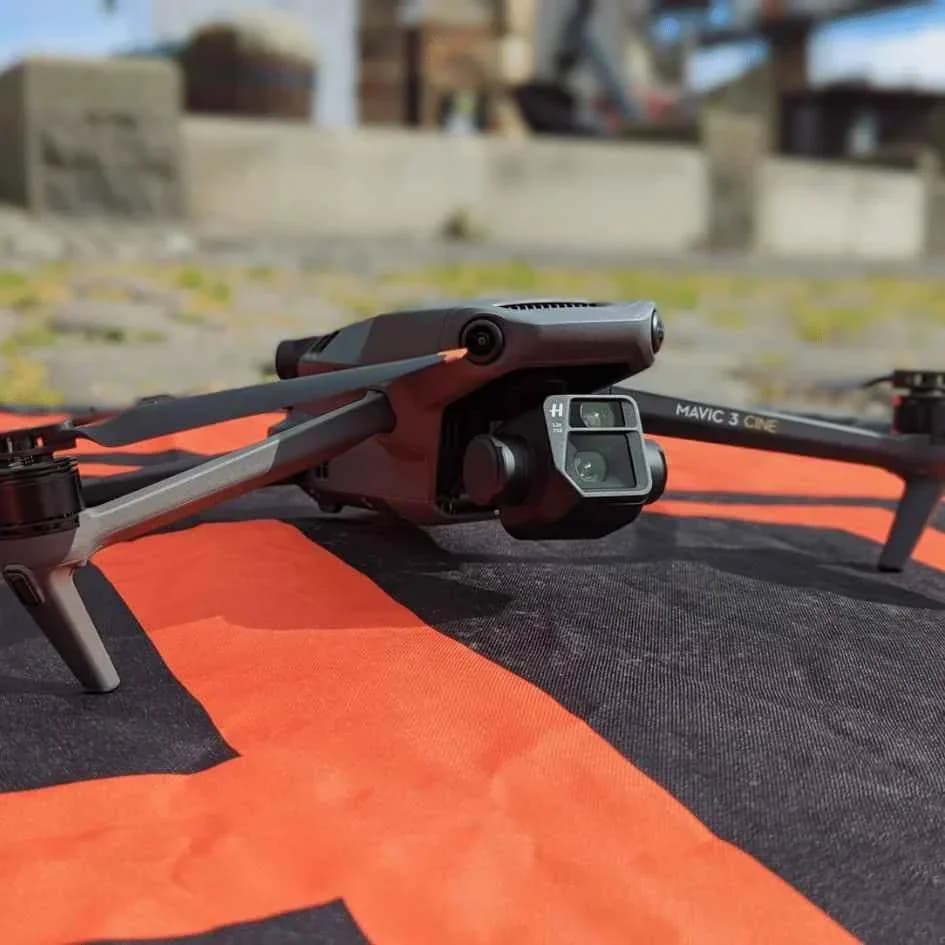
The truth is, when your drone flies out of range, its built-in failsafes will almost always try to bring it home automatically. This is a process I've learned to trust through countless hours of GVC-licensed commercial drone flights.
This process relies on a solid GPS lock established before takeoff and a correctly set Return-to-Home (RTH) altitude, which I always set at least 30 meters above the tallest nearby obstacle to avoid a collision on the way back.
Whether you're a hobbyist who's had a heart-stopping signal loss moment or a new drone pilot trying to understand your drone's limits, this guide will give you the professional pre-flight checks and real-world insights to keep your drone safe.
30 Second Summary
- Most drones automatically initiate Return-to-Home procedures when they reach their control range limit
- Consumer drones typically activate emergency protocols like hovering in place before connection fully drops
- Without RTH, drones may drift with wind currents until battery depletion forces an emergency landing
- Drones with GPS issues during connection loss may struggle to maintain position or find their way back
- Safety features like auto-landing activate when battery becomes critically low during an out-of-range situation
Drones have a maximum control range that varies by model
When purchasing a drone, you'll quickly discover that each model comes with specific range limitations. These ranges vary dramatically—toy drones might only reach 30-100 meters, while consumer models like the DJI Mini can extend to 4 kilometers or more.
Professional drones often push these boundaries further, reaching 8-10 kilometers in ideal conditions.
Drone Type | Typical Range | Common Use Cases |
|---|---|---|
Toy / Beginner | 30 - 100 meters | Indoor flight, learning the basics |
Consumer / Hobbyist | 1 - 10 kilometers | Aerial photography, videography |
Professional / Enterprise | 8+ kilometers | Surveying, cinematography, delivery |
Your drone's effective range depends on several factors beyond manufacturer specifications.
I've learned from experience that the range stated on the box is a best-case scenario. Real-world radio interference from nearby electronics or even dense building materials will reduce your control distance significantly.
Weather conditions, particularly wind and precipitation, can sap battery and impact signal strength.
I always plan my flights with a 30-40% range buffer to ensure the drone has enough power to return home safely, especially if the wind picks up. Always check your specific model's limitations before flying.
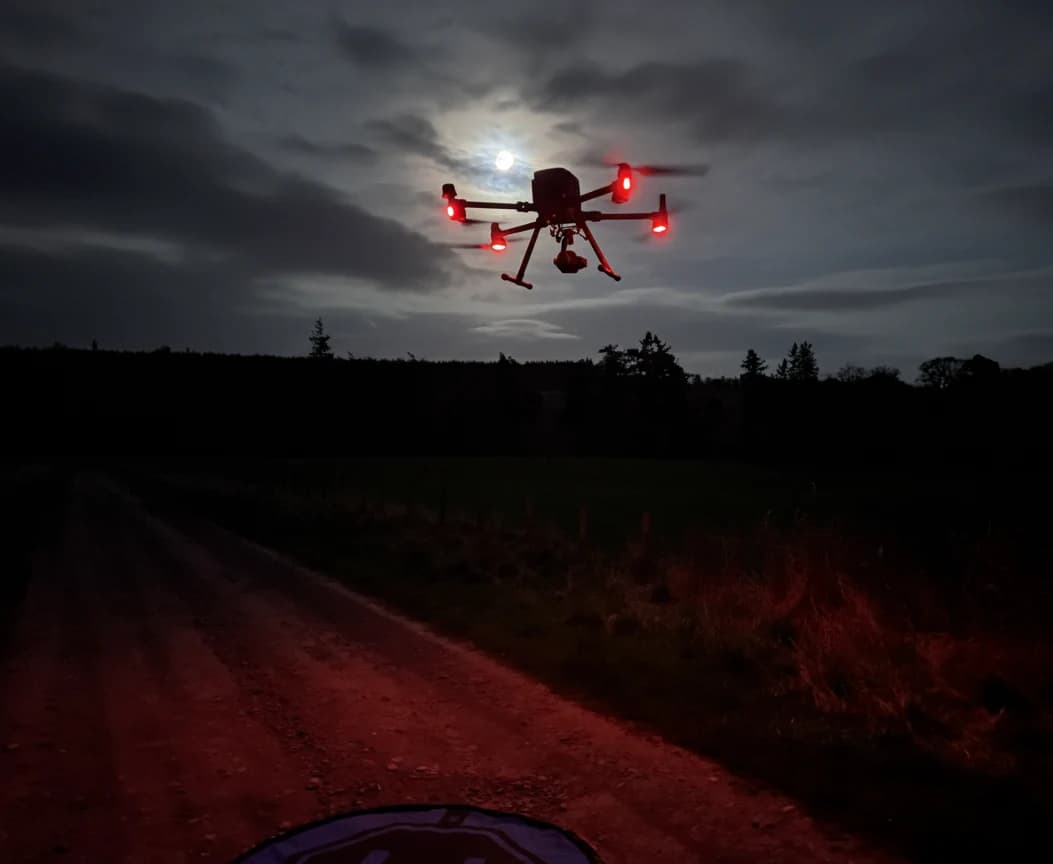
When a drone loses signal, built-in safety features are triggered
Modern drones are designed with sophisticated fail-safe mechanisms that activate automatically once your connection drops. The most common safety feature is "return-to-home" (RTH), which guides your drone back to its takeoff point using GPS coordinates stored during launch.
A crucial part of my pre-flight check is to verify that the RTH function is enabled and the home point is accurately set before every single flight.
Other safety systems include hover-in-place, where your drone maintains its current position until signal returns, and auto-landing protocols that safely bring the drone down if battery levels become critical during a connection loss.
Many higher-end models also include obstacle avoidance that remains active during these emergency procedures. This has personally saved my drone from disaster when it had to navigate a treeline on an automatic return flight.
Some drones even store their flight path data to retrace their journey home, avoiding potential hazards they've already mapped during the outbound flight.
The Failsafe Hierarchy
When a connection is lost, drones don't just immediately fly home. They follow a sequence of logic to maximize the chances of a safe recovery.
First, the drone will typically hover in place for a few seconds to see if it can re-establish the signal with the controller. If no signal returns after this brief period, it will initiate its primary failsafe, usually Return-to-Home (RTH).
The final failsafe is a battery-level-triggered auto-landing. If the drone is executing RTH and detects that it won't have enough power to make it back, it will override the RTH command and land in its current location to prevent a catastrophic power failure in mid-air.
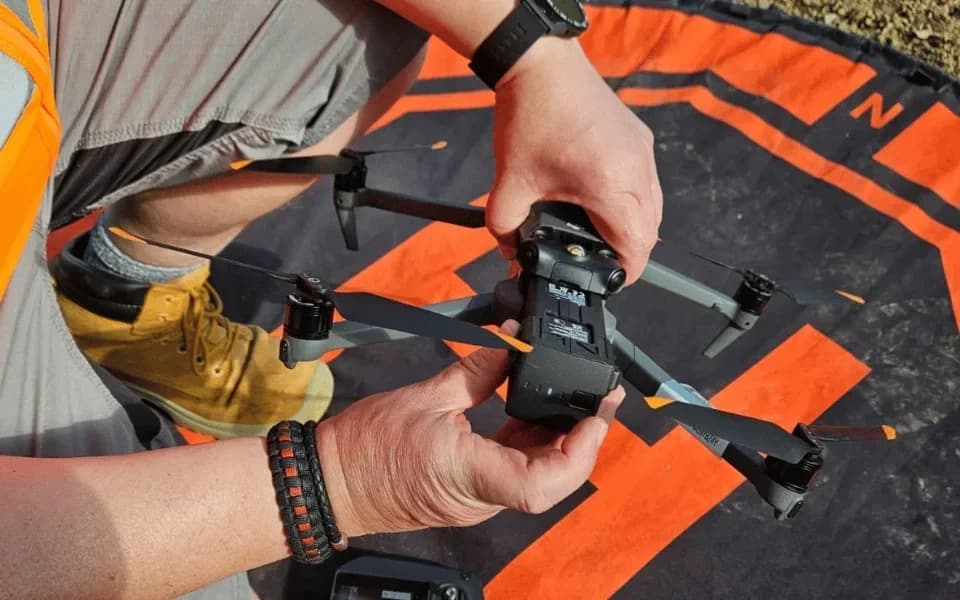
Most modern drones will attempt an automatic Return-to-Home when out of range
Return-to-Home (RTH) functionality stands as the primary safety mechanism in today's consumer drones. When your drone flies beyond its control range, this feature automatically activates, using GPS coordinates to navigate back to its takeoff point.
Most drones will first climb to a predetermined altitude to avoid obstacles before flying home.
The biggest mistake I see new drone pilots make is leaving this RTH height at its default setting. Before taking off in a new location, I always assess the height of the tallest obstacle in the area—like trees, towers, or buildings—and set my RTH altitude at least 30 meters above that.
It consumes a little more battery, but it's cheap insurance against a collision.
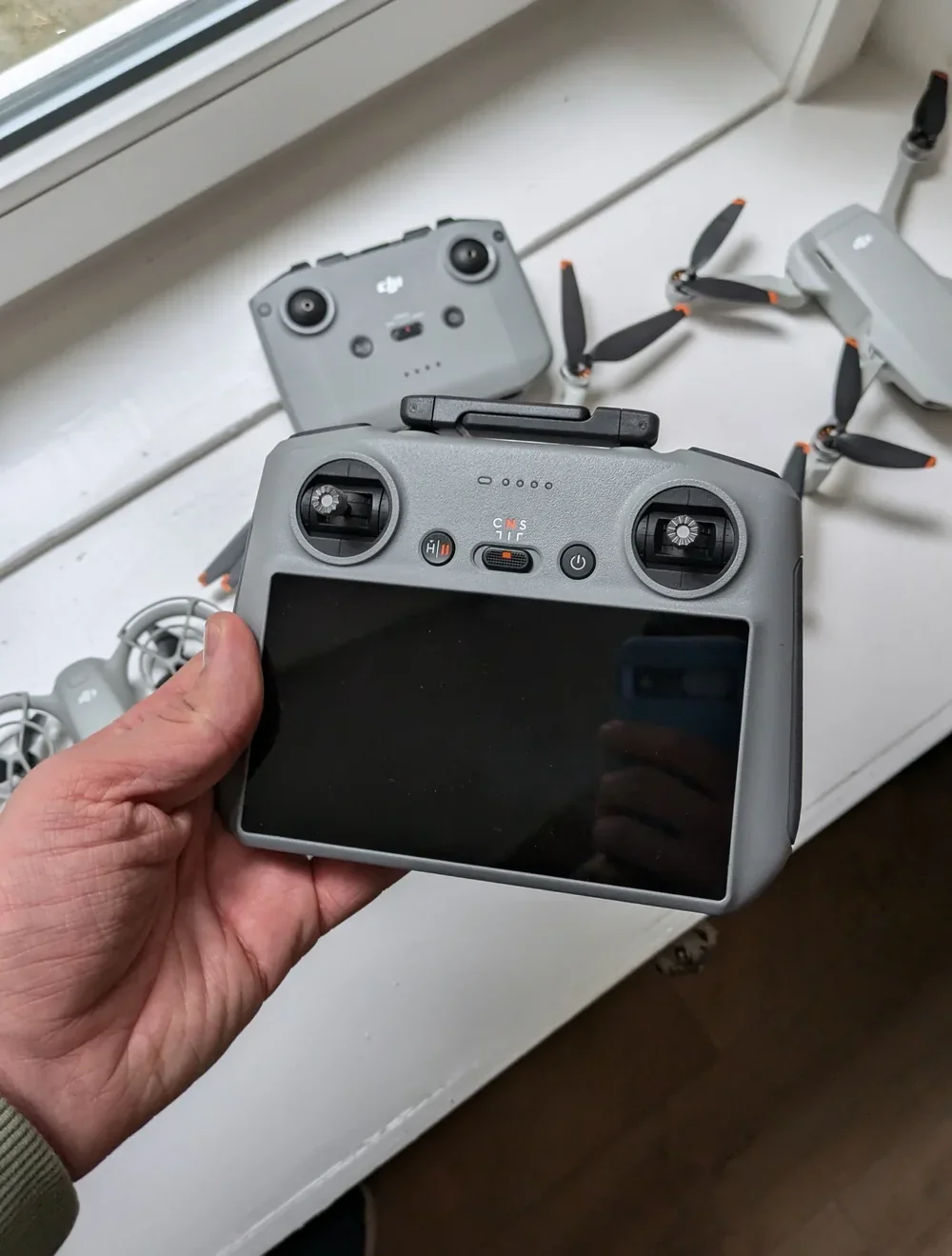
How to Set Up Return To Home On Your Drone
Setting your failsafe options before you fly is the most critical step. Using a popular model like the DJI Mini 4 Pro as an example, here's how you do it in the DJI Fly app:
Power On and Connect: Turn on your controller and drone, and ensure they are connected and you have a live camera view in the app.
Access Safety Settings: Tap the three dots (...) in the top-right corner of the screen to open the main menu.
Navigate to 'Safety': Select the 'Safety' tab from the menu. This is where all your failsafe settings are located.
Set Failsafe Action: Under 'Advanced Safety Settings', find the 'Signal Lost' option. You will have three choices: 'Return-to-Home', 'Land', or 'Hover'. For 99% of flights, this should be set to 'Return-to-Home'.
Set RTH Altitude: Just below, you'll see 'RTH Altitude'. Tap it and use the slider to set a safe altitude that is higher than any obstacles in your flying area.
Verify Home Point: On the main map view, confirm that the 'H' icon is correctly located at your takeoff spot. If it's not, you can update it by landing and taking off again or manually updating it in the Safety settings before flight.
DJI, Autel, and other major manufacturers include sophisticated RTH systems that monitor battery levels and signal strength continuously.
If you're flying in challenging conditions, your drone might initiate RTH before completely losing connection, preserving enough power to return safely.
Remember that RTH isn't foolproof. Obstacles, electromagnetic interference, or GPS signal loss can compromise this safety feature, so always maintain visual line of sight when possible.
A loss of connection can cause a drone to drift or crash if safety systems fail
Despite the advanced safety features in today's drones, a complete loss of connection can still result in catastrophic failures. I once had a drone's compass suffer interference from a reinforced concrete structure it flew over, causing RTH to fail.
When signal interference or distance exceeds operational limits, your drone may drift with the wind or hover until battery depletion if Return-to-Home fails to activate.
You'll face greater risks flying near obstacles, over water, or in adverse weather conditions. Without control input, the drone lacks situational awareness to avoid collisions.
GPS signal loss compounds this problem, as position-holding becomes impossible.
Modern drones incorporate fail-safes like automatic landing or hovering in place, but hardware malfunctions, software glitches, or extreme conditions can override these protections.
To minimize crash risks, always monitor battery levels, maintain line of sight, and avoid pushing your drone's range limitations. Never get complacent.

What to Do the Moment Your Drone Loses Signal
That split second your screen freezes and says "Disconnected" is terrifying. But what you do next is crucial.
Stay Calm and Stand Still
Your first instinct might be to run in the direction of the drone, but don't. The RTH system is navigating back to the GPS coordinates of your takeoff point.
Moving around only makes it harder for you to regain signal and visually acquire the drone when it returns.
Reposition the Controller
The simplest fix is often the most effective. Raise the controller higher and ensure the flat part of the antennas is pointing directly toward the drone's last known location.
Even a slight adjustment can be enough to pick up a faint signal.
Trust the Process (and Be Patient)
Resist the urge to immediately shut down the app or controller. Give the drone's automatic RTH system time to work.
It needs to ascend to the set altitude, fly back, and then begin its descent, which can take several minutes depending on the distance.
Listen Carefully
Your ears are one of your best tools. Once the drone is closer, you will likely hear the distinct buzz of its propellers before you can see it.
Turn down any music and listen for its approach.
Prepare for Takeover
If the signal reconnects while the drone is on its way back, be ready to take manual control by tapping the 'Cancel RTH' button on the screen.
This allows you to bring it in for a smooth landing yourself, which is often preferable to the automated landing procedure.
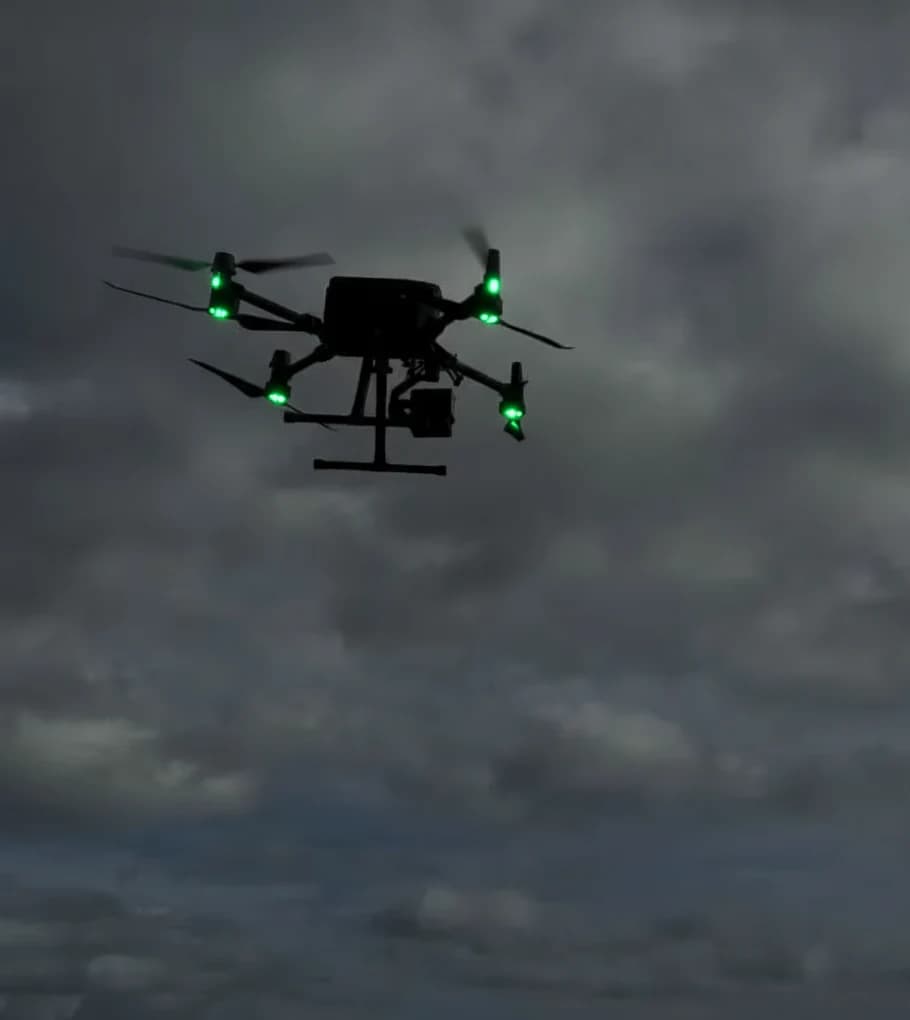
Upgrades and optimal flying conditions can help extend drone range safely.
While preventing connection loss is ideal, you can extend your drone's operational range through strategic upgrades and environmental awareness.
Pre-Flight Best Practices
A simple but effective tip is to ensure your controller's antennas are correctly oriented—usually pointing vertically or directly at the drone for the strongest link. Flying conditions matter tremendously.
I find the best time to fly for a clean signal is often early in the morning when there is less Wi-Fi and cellular traffic. Avoid areas with electromagnetic interference from power lines, cell towers, or large metal structures.
Choose clear weather days with minimal wind, as atmospheric conditions affect signal propagation. And most importantly, maintain line-of-sight with your drone whenever possible.
Hardware and Accessories
Consider investing in range extenders or signal boosters that amplify your controller's transmission. Battery upgrades can provide longer flight times, giving you more flexibility during operations.
For extra peace of mind, especially when flying expensive equipment, some drone pilots use third-party GPS tracking devices as a backup to locate drones that go down after a connection issue.
Remember that even with upgrades, as a licensed drone operator, I must always respect local regulations regarding maximum flight distances.
Frequently Asked Questions
Can Hackers Take Control of a Drone That's Out of Range?
Yes, hackers can potentially take control of a drone that's out of range from its legitimate controller. They might exploit security vulnerabilities in the drone's communication systems or firmware. You'll find most consumer drones have limited security measures. Hackers could use signal jammers to disrupt your connection first, then inject their own control signals. Advanced attackers might even use specialized equipment to intercept and manipulate your drone's communication protocols.
How Quickly Does Battery Drain During Automatic Return-To-Home Sequences?
Battery drain during automatic return-to-home sequences varies by drone model, but you'll typically see 10-20% higher consumption than normal flight. Wind conditions, altitude differences, and the distance back will impact this significantly. From experience, flying back against a headwind can easily double the battery consumption for the return leg. If you're 1 mile out, expect to use 25-35% of your remaining battery. I never let my battery dip below 30% before planning my return—it's my critical safety margin.
Are There Legal Consequences for Losing Control of Your Drone?
Yes, and they can be severe. As part of my GVC (General Visual Line of Sight Certificate) training, the legal responsibility of the pilot-in-command is heavily emphasized, and all commercial drone pilots must hold the correct qualifications. You're responsible for your drone at all times under the UK's CAA (Civil Aviation Authority) regulations. If your out-of-control drone damages property, injures someone, or enters restricted airspace, you could face hefty fines, civil liability, or even criminal charges. You'll need to report certain incidents to the authorities. Always maintain visual line-of-sight and proper control to avoid these legal troubles.
Can Weather Conditions Suddenly Affect a Drone's Range Capabilities?
Absolutely. I've had to cut flights short many times due to unexpected weather changes. Strong winds consume more battery power as your drone fights to maintain position. Rain and moisture interfere with radio signals between your controller and drone. Cold temperatures reduce battery efficiency, cutting flight time and range. Fog and snow limit visibility and signal strength. Always check weather forecasts before flying and return home promptly if conditions deteriorate unexpectedly.
Does Flying Over Water Reduce a Drone's Effective Range?
Yes, flying over water can reduce your drone's effective range. Water surfaces can interfere with radio signals through reflection and absorption, creating signal bounce that disrupts the connection between your controller and drone. I'm always extra cautious over water because the drone's visual positioning sensors (which use cameras to hold position) are often ineffective, making it entirely reliant on GPS. Additionally, you'll often encounter stronger winds over water bodies, which increases power consumption and further decreases your drone's practical range.
Hire a Professional Pilot for Safe Long-Range Operations
Flying a drone to its range limit is a balance of trusting technology and skillful drone piloting. As we've covered, while Return-to-Home is a powerful failsafe, its success hinges on correct pre-flight setup, a drone pilot's calm response to signal loss, and flying in the right conditions.
For projects that require pushing these boundaries, the risk of equipment loss or mission failure is significant. This is where professional expertise becomes invaluable.
At HireDronePilot.uk, we solve this challenge by connecting businesses with a network of GVC-licensed and insured drone operators who specialize in complex flight operations. Our drone pilots have the training and experience to manage signal integrity, assess environmental risks, and ensure your project is completed safely, even at extended ranges.
As the UK's premier managed marketplace, we streamline the process of connecting businesses with verified professional drone operators for hire. Our platform allows you to receive competitive bids for your project, ensuring quality, compliance, and value for every aerial project across the United Kingdom.
Instead of risking your equipment and project outcomes, ensure your mission is a success. Post your job today and hire a certified drone pilot who understands how to operate safely at the edge of performance.
About the Author

Written by
Peter Leslie
Peter Leslie is a CAA-approved commercial drone pilot with 10+ years experience and over 10,000 flight hours. He holds the GVC and A2 CofC drone licences with full CAA Operational Authorisation. Peter is a member of ARPAS-UK, the UK's non-profit trade association for the drone industry. He founded HireDronePilot to connect UK businesses with qualified, insured drone operators.
Looking for More Drone Work?
Join the UK's leading network of professional drone pilots and grow your business.
Open Access
Bid on any job - all jobs open to all pilots
Grow Revenue
Access high-value commercial projects
Stay Busy
Fill your schedule with regular work
Related Articles

Our Drone Survey Service In Stirling, Scotland
Bringing you Stirling drone survey data from areas no one else can fly.

How Much Does A Drone LiDAR Survey Cost
Forecasting your drone LiDAR survey cost requires understanding what's hidden beyond the initial quote.

Step By Step Process Of Drone LiDAR Survey
Next, discover the crucial post-flight steps that determine your survey's success.
